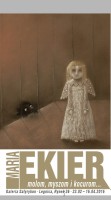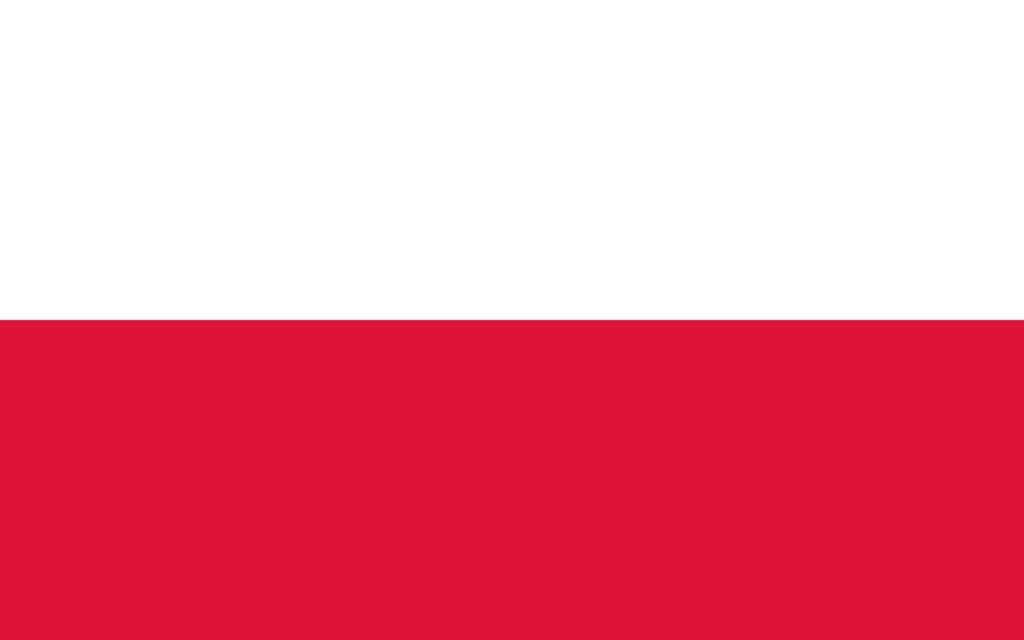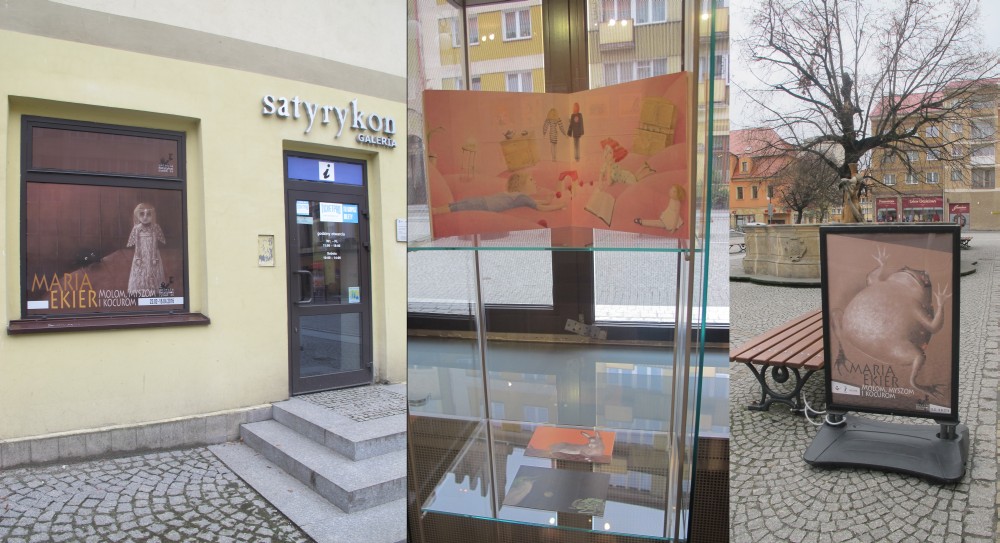Satyrykon Gallery is showing a really outstanding exhibition since this day. Maria Ekier’s illustrations are displayed as a part of presentations of the Polish illustrators which has already formed a kind of a cycle. When a few years ago she was asked to fill the freshly updated “Polish fairy tales and legends” with her images, professor Grzegorz Leszczyński kindly called her the “book graphics first lady”. He must have been quite right as everyone follows calling her with that title.
“The class and elegance”. “Almost immaterial ephemerality, transparency, brightness”, and “sensuality” on the other hand. But also “nonobviousness, irony (including self-irony), finesse and wit” – these are most frequent words from critiques describing her works. Most honest, child-observer pointed: “She illustrates the books somehow computer-less-ly, and somehow… handy”. Which is actually why this exhibition is such a special occasion. Full charm of Maria Ekier’s paintings (watercolours, pastels, ink, and bits of collage sometimes) can’t be reflected in the books, no matter how beautifully printed they are indeed. Seeing them live changes a lot of pre-assumptions. So, we take this chance and invite all of you to Satyrykon Gallery and ask you to treat the visit as a sort of introduction to the varnishing day and the meeting with the Artist herself, which untypically is going to happen at the exhibition closure, not its opening.
Maria Ekier reveals her wit and brightness not only in illustrations but in writing form as well. Let’s quote just two of her “bon mots”:
I’m getting claws as soon as I get to drawing a wolf.
The illustration is an art of torturing but in invisible way.
Maria’s often been written about as a kind of “apart” person who follows her own unique path. You could speak of her as being a bit “suspended” between generations. This Mary “contrary”, old master Szancer’s student, seems quite linked to the Polish illustration school. Especially to its “painted” part. Hence “poetry of colour and lyricism”, “brightness (quite much of it indeed)” or, as noted by Jerzy Srokowski “decorative value, cuteness (in its positive meaning)”. It is a tradition to which Maria Ekier links and which she actually co-creates. Her bats and cats exchange their glimpses and smiles with those from Wilkoń’s pictures. However, the possibility of seeing the original drawings at the exhibition will clearly state that Wilkoń is Wilkoń and Ekier is Ekier.
On the other hand, though Maria Ekier’s illustrations created in line with posters reach 70’s and 80’s in their origins, it is the ones from 90’s which are considered as the successful ones. “Similarly to Stasys Eidrigevicius’s, her talent went the hard way in the beginning of 80’s”. Their creation time didn’t match so good times for the Polish book as in case of their predecessors. Even contrary – which is to their credit!
It’s quite difficult to put that scale of talent into words – as can be read on “Ryms” pages. Indeed, variety is what strikes us most. Following the exact chronology, one might feel tempted to indicate the “periods” in her work – as it is done with great artists’ heritage. The marking points could be the composition capture, colours, the background, subtle changes in painting techniques which she’s applied. That would lead us from the full and complete compositions luring us with their sensitive idyll to more and more expressive fragmentation and ephemerality… Or is it the illustrated texts which make us feel this way?

Co-financed by the Ministry of Culture and National Heritage


